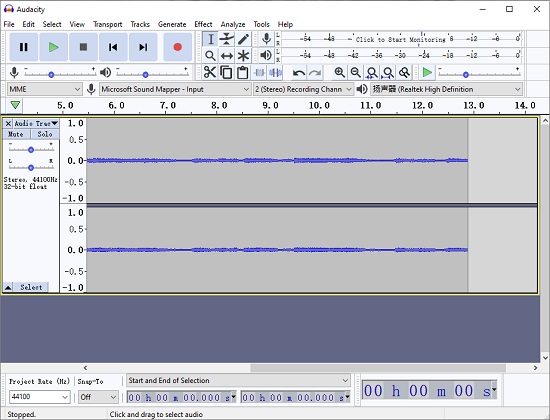



PulseAudio Volume Control provides a "Monitor" device which listens for the audio output of other applications such as Firefox or Rhythmbox. PulseAudio operates as a proxy between sound applications and the audio hardware (usually via ALSA). It is the default audio device on many Linux distributions including Ubuntu, Linux Mint and many Debian/Ubuntu-based distributions.
Audacity loopback cable professional#
PulseAudio is a sound server providing professional audio features such as mixing and input/output routing.


 0 kommentar(er)
0 kommentar(er)
